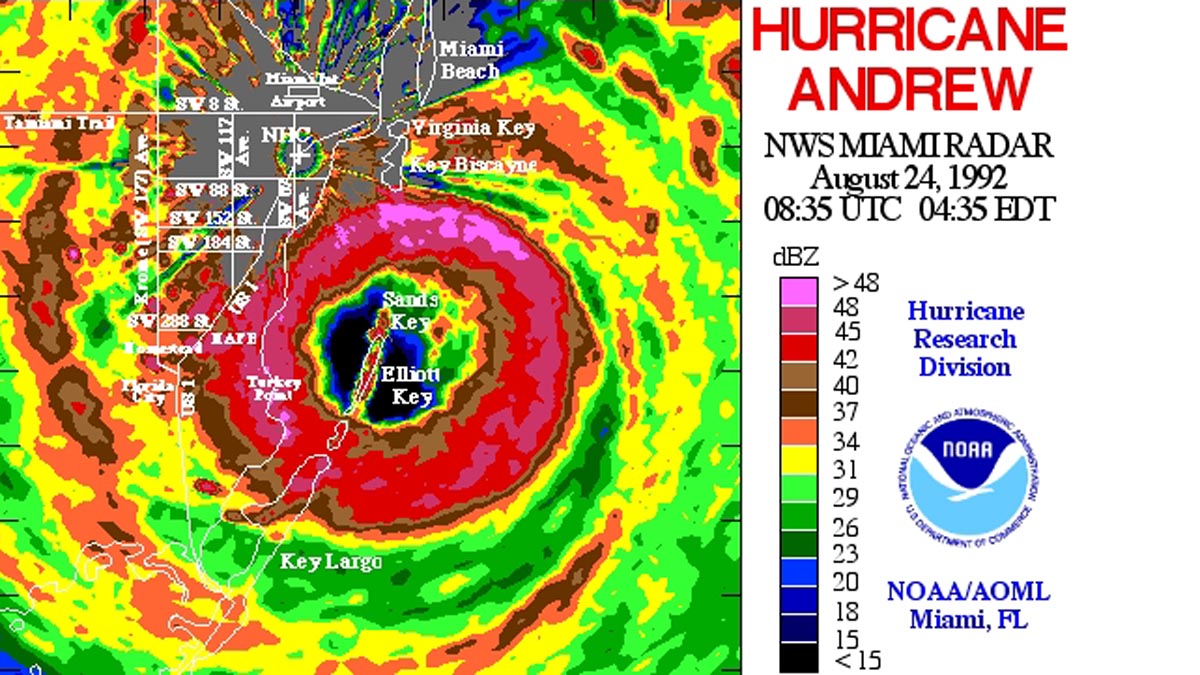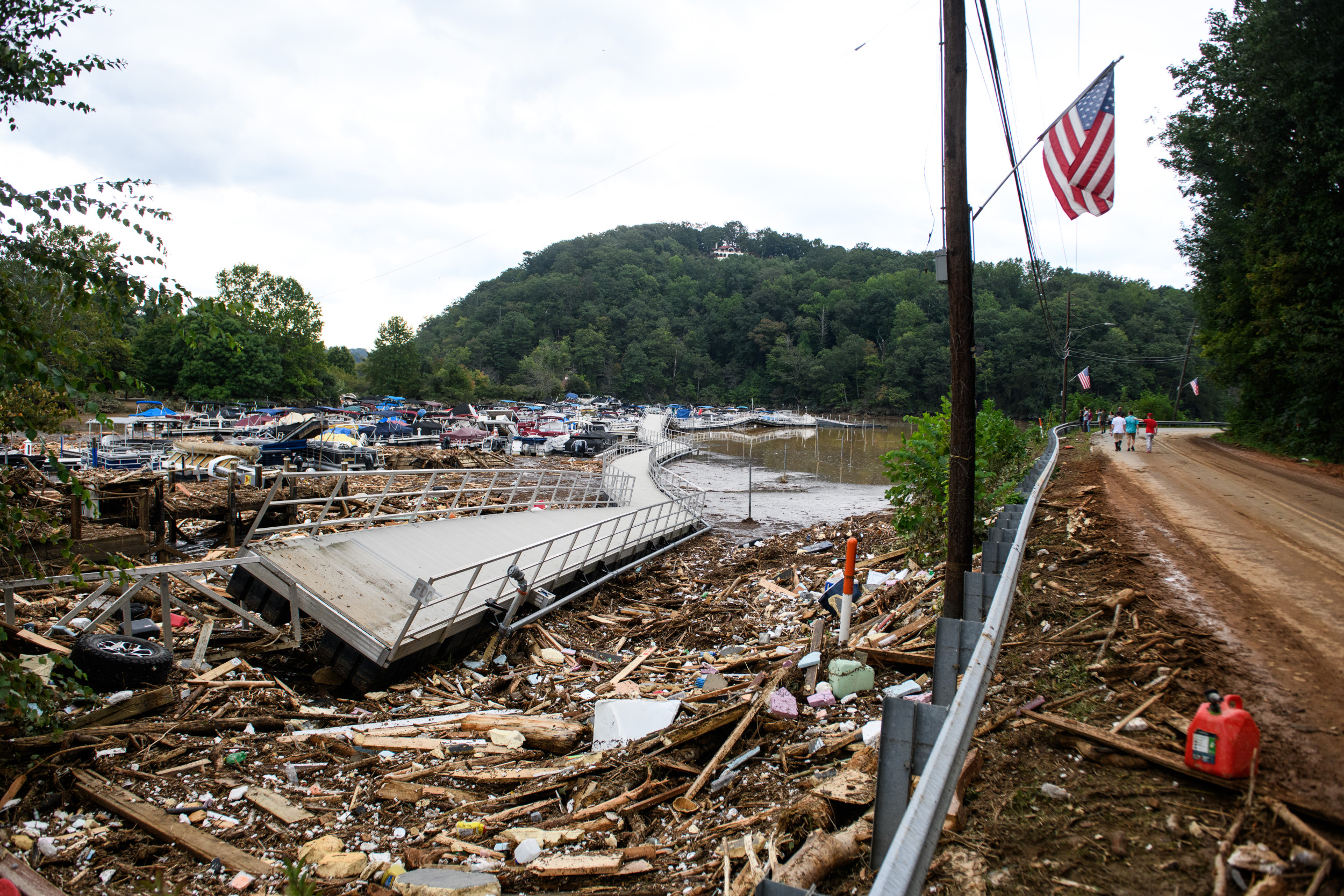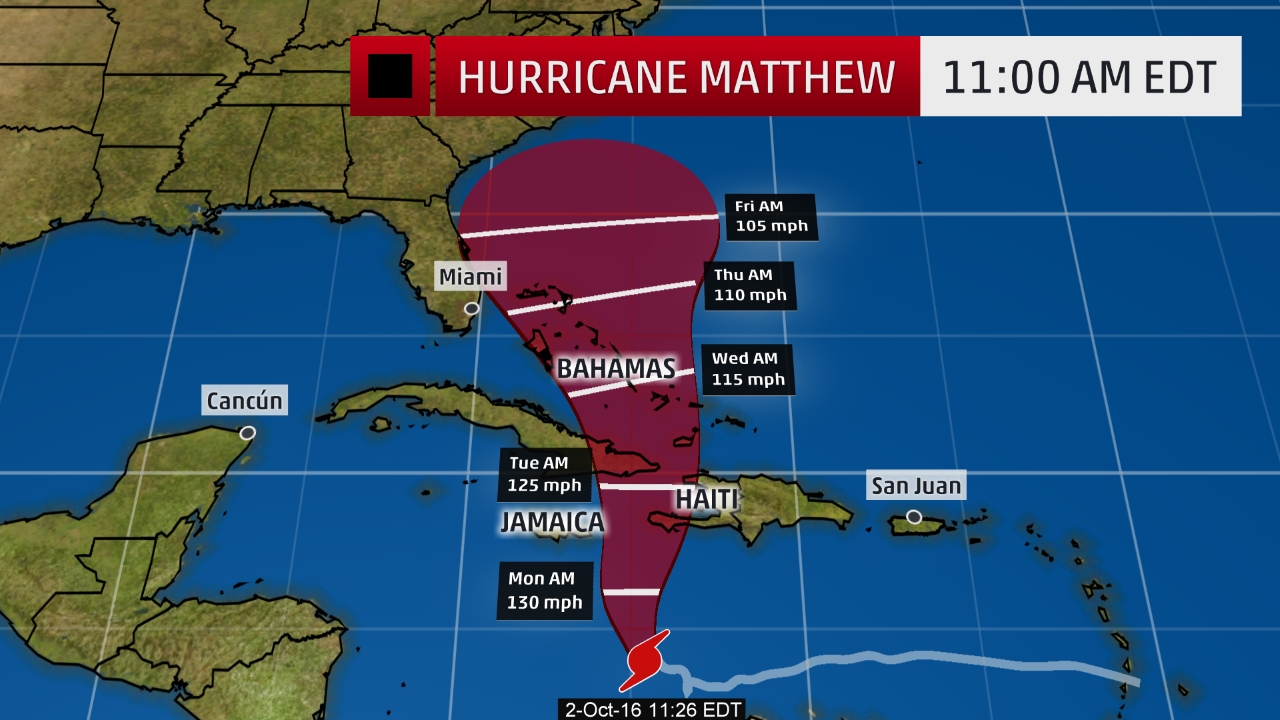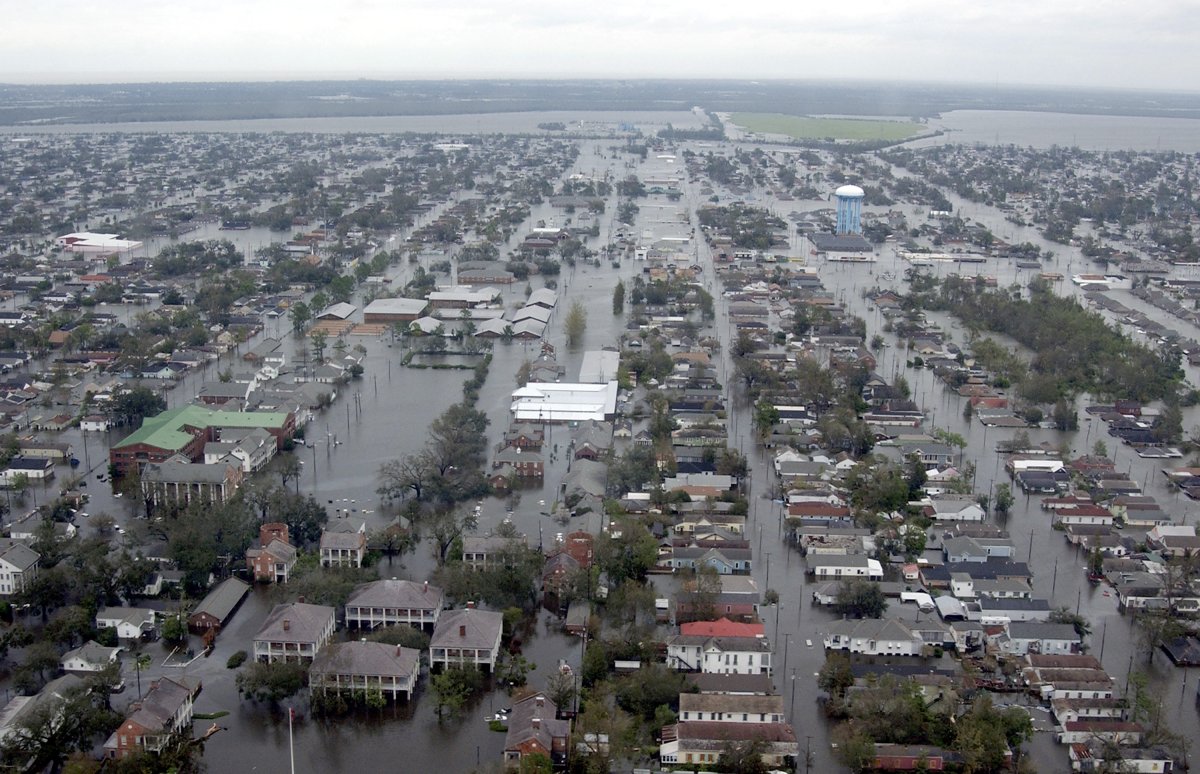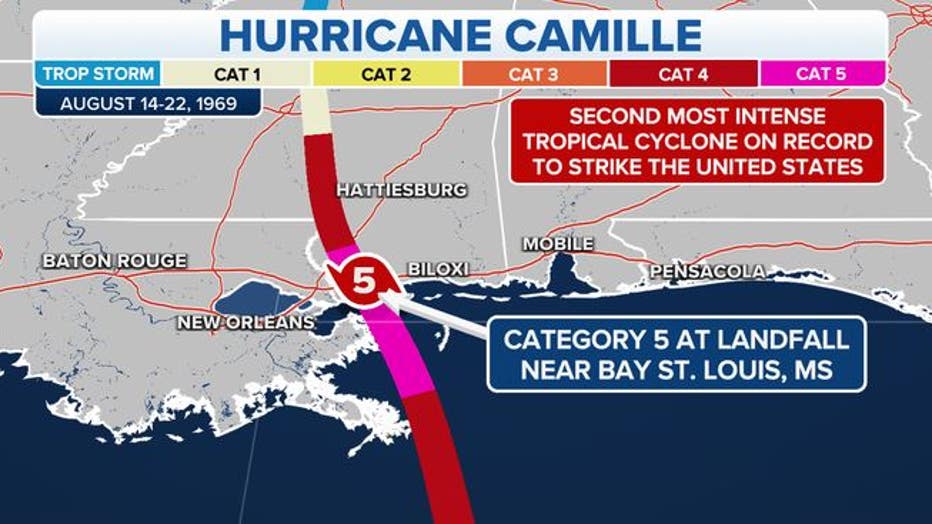Hurricane Andrew: 30 Years of Remembering the Destructive Storm that Changed Florida Forever
As Hurricane Milton churns towards Florida, memories of one of the most devastating hurricanes to ever hit the state come flooding back. It's been 30 years since Hurricane Andrew made landfall in southern Miami-Dade County, killing more than 40 people, destroying over 50,000 homes, and causing billions of dollars in damage.
Andrew was a compact but powerful storm, with maximum sustained winds of 165 mph and a minimum central pressure of 922 millibars. It made landfall on August 24, 1992, as a Category 5 hurricane, one of only four to have done so in the United States since 1900. The storm's impact was not limited to Florida, as it also caused significant damage in the Bahamas and Louisiana.
A Devastating Storm that Left Lasting Impacts
The storm's effects were felt long after it had passed, with over 150,000 people left homeless and billions of dollars in damages. The storm was also the costliest to strike anywhere in the country, until it was surpassed by Katrina in 2005. Even now, 30 years later, the storm remains one of the most destructive to ever hit the United States.
The storm's aftermath led to significant changes in the way hurricanes are forecast and prepared for. The storm showed the importance of advanced warning systems and evacuation plans. FEMA's response to the storm also highlighted the need for more effective disaster relief efforts.
Comparing Andrew to Milton and Other Hurricanes
With Hurricane Milton bearing down on Florida, many are drawing comparisons between the two storms. While Milton is currently a Category 4 storm, down from a Category 5 earlier this week, its potential for damage and destruction should not be underestimated. Milton's path is uncertain, but if it makes landfall in Florida, the state could be facing significant impacts.
In comparison to Hurricane Katrina, which made landfall in 2005, Andrew was a smaller storm but with similar destructive power. Katrina went on to cause over $100 billion in damages and claim over 1,800 lives. The risk of storm surge, flooding, and high winds is a major concern for residents and officials, with over 1 million people under evacuation orders in the state.
As with Hurricane Katrina, the impact of Hurricane Milton will likely be felt long after the storm has passed. As of now, FEMA has allocated significant funds for disaster relief but the response to the storm is just beginning. History has shown that hurricanes have the potential to bring catastrophic destruction and the threat of Milton should not be taken lightly.
Now, with the state of Florida facing the threat of Hurricane Milton, residents are advised to take necessary precautions, including evacuating, stocking up on emergency supplies, and staying informed through reliable sources. This includes paying attention to the storm's predicted path and intensity as well as any evacuation orders and instructions from local authorities.
Andrew's 30th anniversary serves as a poignant reminder of the destructive power of hurricanes and the importance of preparedness and evacuation plans. As another storm looms on the horizon, Floridians and residents in affected areas are forced to confront the reality of these powerful storms and take measures to protect themselves and their loved ones.
Remembering Hurricane Andrew also highlights the advances in weather forecasting and storm tracking over the past few decades. Since 1992, significant improvements have been made to storm tracking and warning systems. Hurricane Andrew was a wake-up call for the states of Louisiana and Florida in particular, leading to major reforms in disaster preparedness.
While memories of the devastating storm are fresh, the threat of hurricanes remains a very real concern for the state of Florida and all those in its path. As the National Weather Service warned, "history has shown that hurricanes have the potential to bring catastrophic destruction, and the threat of Milton should not be taken lightly." As Floridians bear down for another potentially catastrophic storm, the hope is that lessons from Hurricane Andrew's past have prepared the state for what lies ahead.
Florida - a place often on high alert during hurricane season. Hurricane Andrew's aftermath serves as a stark reminder that preparedness, combined with more advanced scientific tools, will continue to play a huge role in mitigating the aftereffects of giant tropical cyclones that continue to lay their paths of destruction on America.
#HurricaneSeason #HurricaneAndrew #HurricaneMilton #FEMA #Florida #Hurricanes







